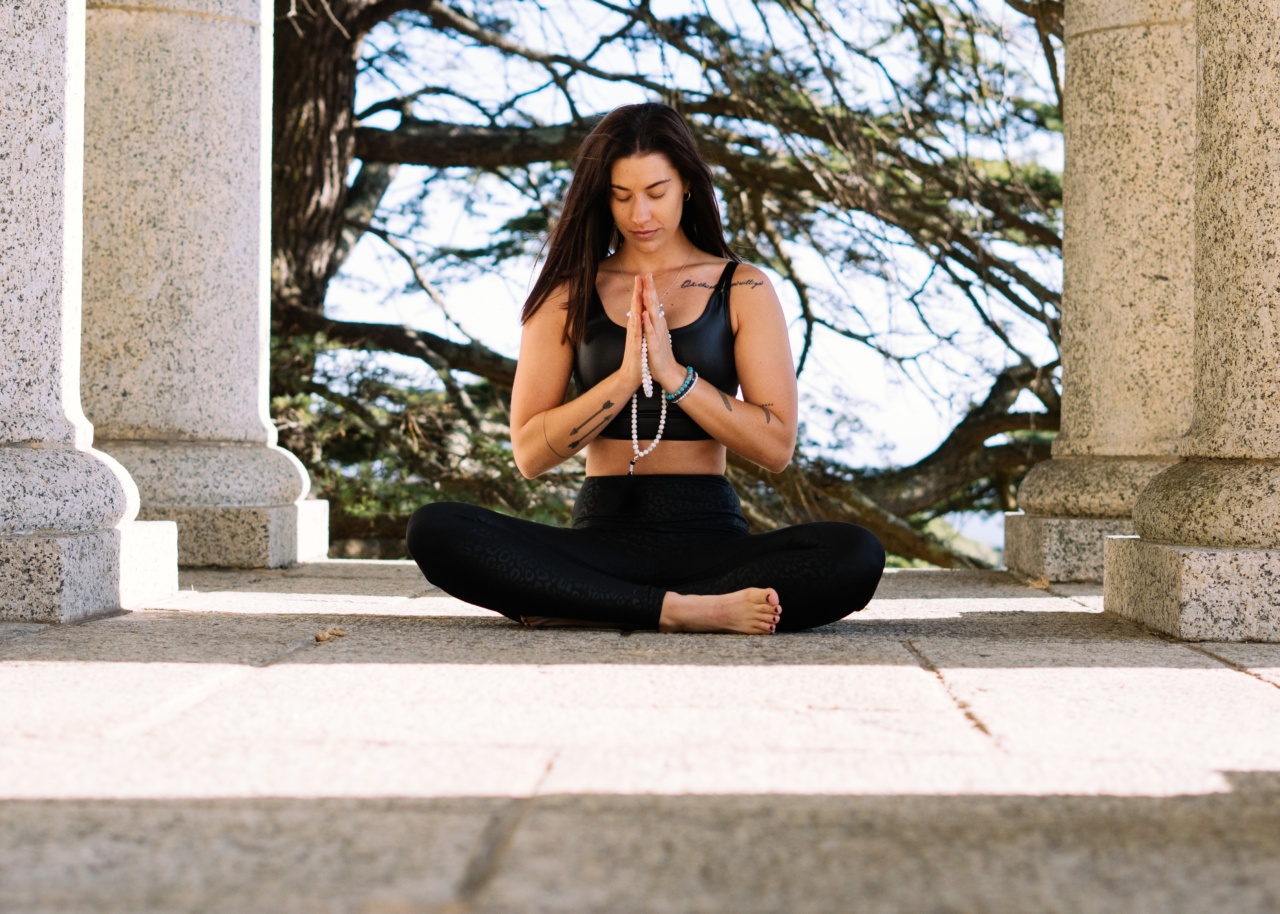Contemplation is the practice of meditating deeply and seriously. It is a powerful way to connect with your inner self and find peace within. However, contemplation can be challenging, and if not done correctly, it can lead to frustration and confusion.
Here are ten tips on how to practice contemplation correctly:.
1. Choose a Quiet and Comfortable Space
Find a peaceful and comfortable place for your contemplation practice. The space should be free from distractions, noise, and interruptions. It can be a quiet room in your home or a serene outdoor setting.
Ensure your space is comfortable, so you can focus on your practice comfortably.
2. Sit Comfortably
Contemplation requires a lot of sitting. Find a comfortable chair or cushion to sit on. Your back should be straight, and your feet firmly on the ground.
The sitting position you choose should be comfortable to maintain for an extended period, without causing any pain or discomfort.
3. Breathe Consciously
Conscious breathing helps to deepen your contemplation practice. Take a deep breath in, hold briefly, and breathe out slowly. Focus on your breath and observe how your body responds to the air movement.
When you breathe consciously, your mind will calm down, which helps you connect with your inner self.
4. Set an Intention
Set an intention for your contemplation practice. It could be finding peace, letting go of anxiety, or seeking clarity. Setting an intention creates a focus for your practice and guides your mind through the process.
5. Observe Your Thoughts
During your contemplation practice, your mind may wander. Instead of forcing your thoughts to disappear, observe them without judgment. When you allow your thoughts to arise and fall, you free yourself from them.
Observing your thoughts without judgment enables you to connect with your inner self and find clarity.
6. Be Present
Stay present in the moment during your contemplation practice. Do not waste your energy worrying about the future or regretting the past, for this can be a distraction. Stay calm and present, and let the practice guide you.
7. Use a Mantra
A mantra is a word or phrase that helps focus the mind during contemplation. It is said repeatedly, which helps to quiet the mind. Choose a mantra that resonates with you and use it during your practice to create focus and calmness.
8. Practice Consistency
Contemplation requires commitment and consistency. Practice regularly, even if it’s only for five minutes a day. Consistency helps to strengthen your contemplation practice and allows for long-term effects.
9. Be Open to Experience
Be open to the experience of contemplation and do not judge it. You may have different experiences each time you practice, and that is okay. Allow yourself to be curious and open-minded, and stay present in the moment.
10. Practice Gratitude
After your contemplation practice, practice gratitude by finding something you are thankful for. It could be a person, an experience, or even the practice itself.
Gratitude helps to refocus your mind on the positive and cultivates a sense of appreciation within you.






























